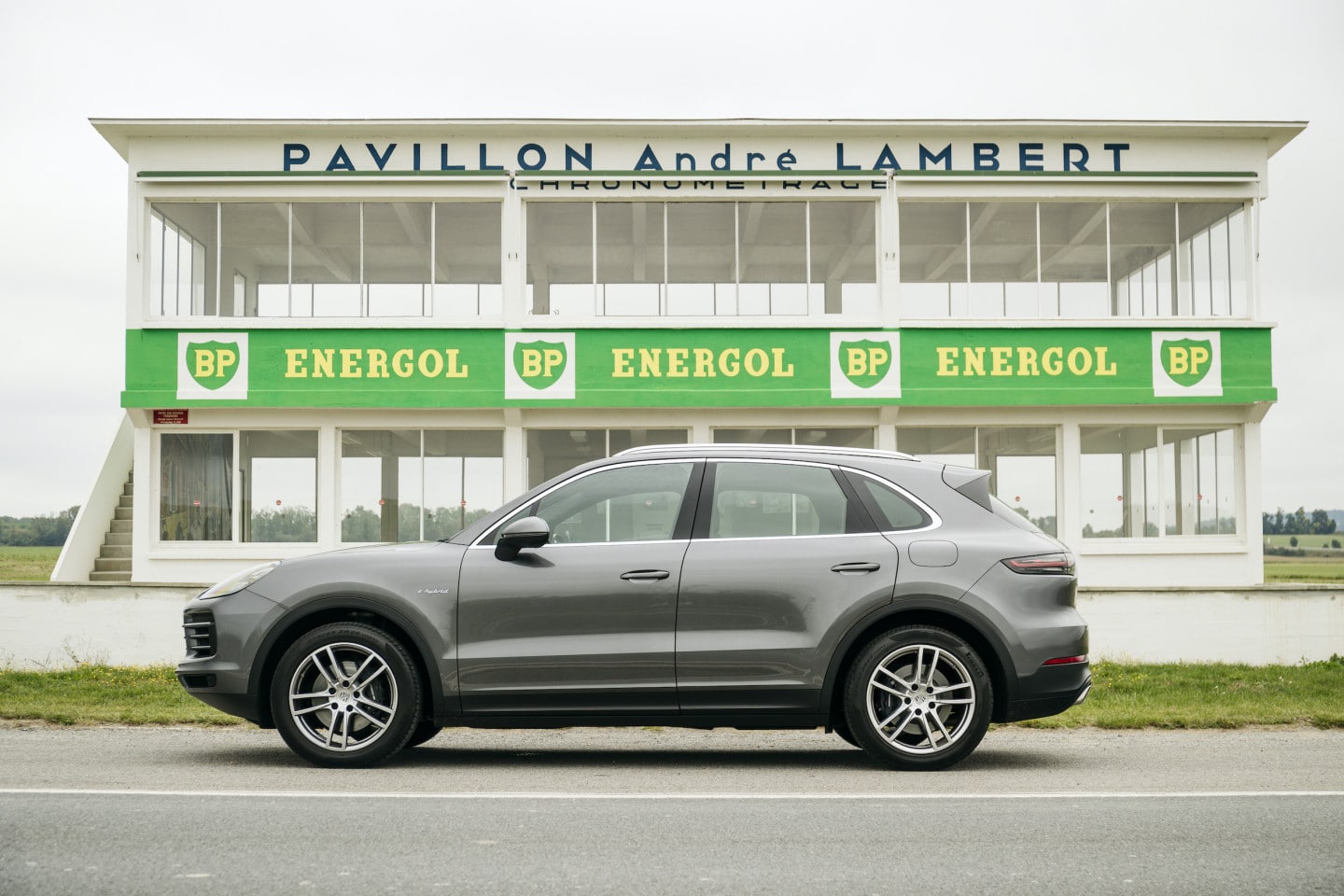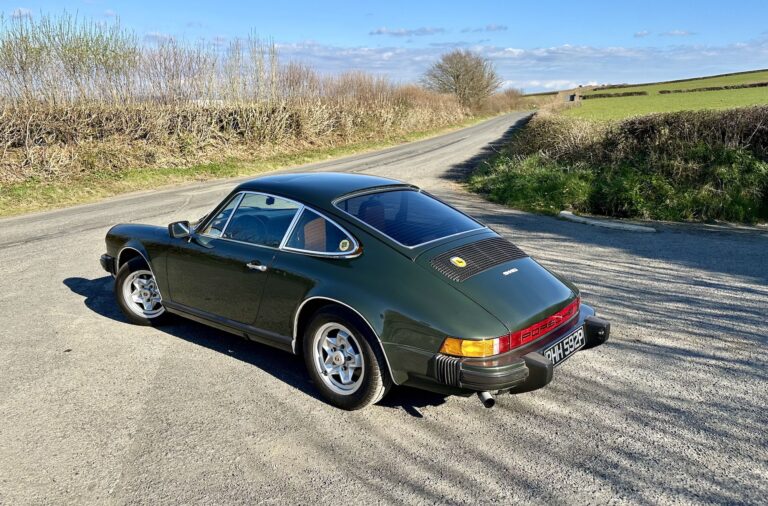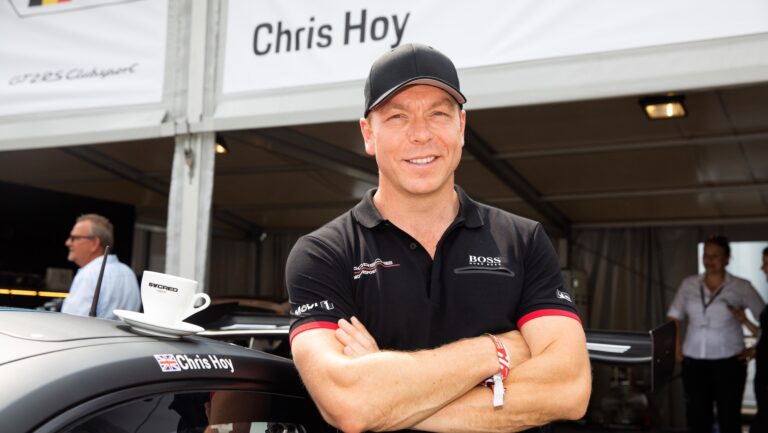 By Lee Sibley
4 years ago
By Lee Sibley
4 years ago
2021 Porsche Cayenne e-hybrid review
9WERKS takes the latest plug-in Porsche on a pan-European road trip to view the very first hybrid vehicle…
Categories
We begin our journey on full e-power, as is customary in the 2021 Cayenne. Selecting ‘Drive’ on the Tiptronic transmission lever and releasing the e-brake, we roll forward, the Cayenne moving away silently.
These lights act as a live feed as to wether the Cayenne is using or harvesting e-power. Floor the ‘go’ pedal in e-power and as the Cayenne surges forwards, all ten diodes to the left light up. Brake hard and the illumination swings the other way as the Cayenne harvests energy exerted from braking forces to regenerate some e-power back into the 17.9kWh battery.
It seems as good an excuse as any to flick the Cayenne’s mode wheel once more, this time into Sport. Throttle responsiveness is increased, gear changes now take place at higher revs, and there’s a pleasing note to that 462PS V6 sitting up front, which now carries a meatier growl.
For this, we’ll need the Cayenne to adopt maximum sporting attack, so the Mode wheel is turned once more, this time to Sport Plus. Now, that turbocharged V6 engine is really wrung out before razor sharp gear changes are executed, as the Cayenne’s engine emits a glorious rasp.
The SUV’s ride height is lowered automatically, and damping is turned up a notch too. It’s stiffer now, but not anywhere near the bone-jarring level of a circuit-ready sports car. The Cayenne feels focussed, and I need to be too as we surge to 255kmh before I ease off the gas. Ali and I are stunned: the Cayenne never felt remotely troubled.
Easing back to a more sensible cruising speed, eventually we turn off the Autobahn and roll into Stuttgart, the city of our destination, via a twisty route up to Solitude Palace where our Cayenne again shows its sporting merit with excellent road holding as it rides through corners. Again, it is quite unbelievable for a supposedly heavy SUV.
Overall MPG is 25.7, which at face value is a little disappointing for a vehicle equipped with eco-friendly hybrid technology: I’d have beaten that figure over the same distance in a naturally-aspirated GT3. However, to simply judge the Cayenne’s e-hybrid system on miles per gallon alone would be missing the point.



























